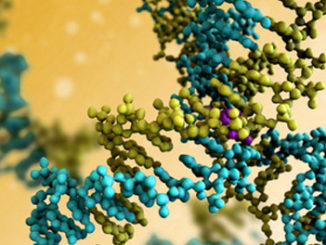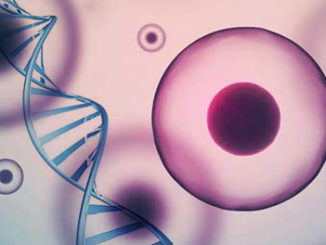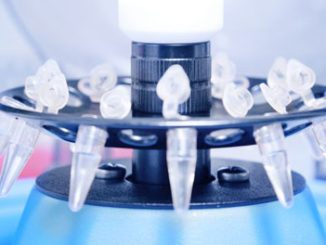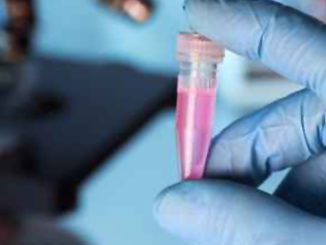ChIP Reveals Unexpected Insight into Flatworm Tissue Regeneration and Histone Modifications
Planaria, or flatworms, are often used as a model organism to investigate the fascinating process of how tissues and organs can regenerate. The flatworm has numerous stem cells called neoblasts and, when it’s injured, this intriguing creature can actually restore its own body parts. Researchers conducted the study at the Stowers Institute for Medical Research in the lab of Alejandro Sánchez Alvarado, Ph.D., a Howard Hughes Medical Institute investigator. In two related studies, they examined stem cell differentiation and the [more…]








